Manufacturing facilities have a wide variety of machines, heavy equipment and moving parts, all of which can be hazardous to workers. The U.S. Bureau of Labor Statistics reports 20,480 manufacturing workers were injured after being struck by objects or equipment in 2018 and 12,790 were injured by being caught in or between pieces of equipment.
It’s important for manufacturing facilities to make sure all workers are aware of the hazards associated with their work areas and the equipment they work with, and how they can protect themselves from those hazards.
Struck-By and Caught-Between Injuries
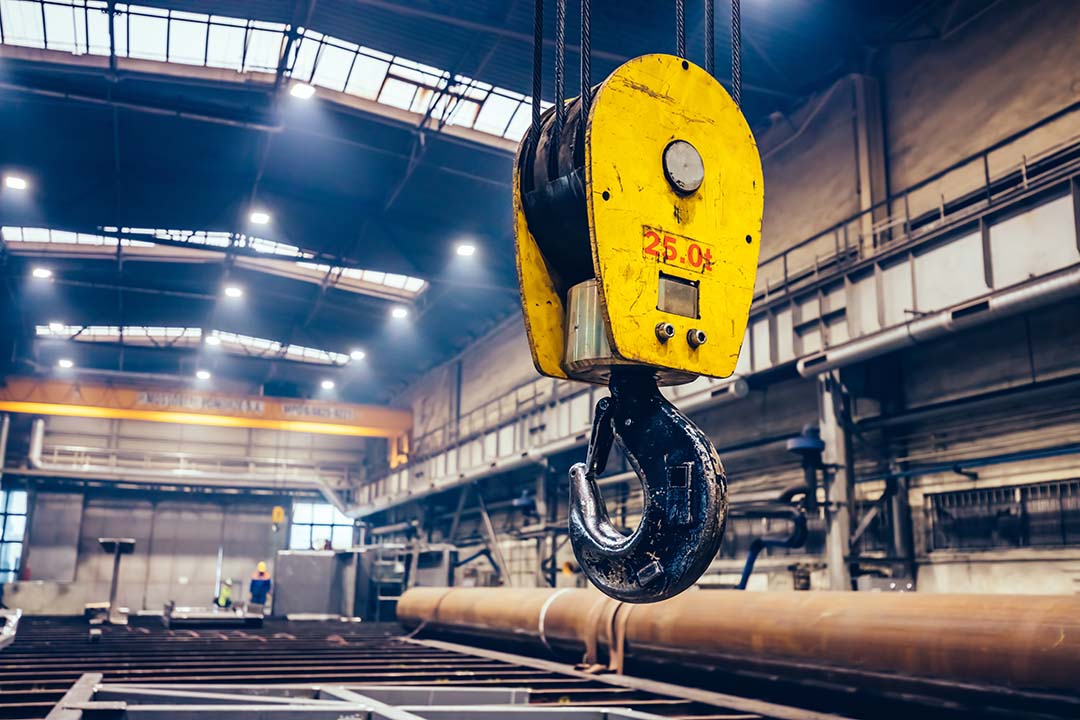
Struck-by injuries occur when a worker is hit by an object in the workplace. This can mean flying projectiles and loose work materials, objects falling from higher levels or elevated loads, swinging objects such as crane hooks or rigged loads, or rolling objects such as wheeled equipment or vehicles.
Caught-between injuries occur when two objects or two parts of the same equipment squeeze, pinch or crush parts of a worker’s body. Caught-between injuries can occur if workers are caught in unguarded machine pinch points, caught in moving or rotating parts, or pushed or crushed between mobile equipment and walls or floors.
While there are two general hazards that fall under this category, the specific hazards workers are exposed to will depend on the facility’s layout, what equipment they use and what work duties they perform.
Pinch Points and Points of Operation
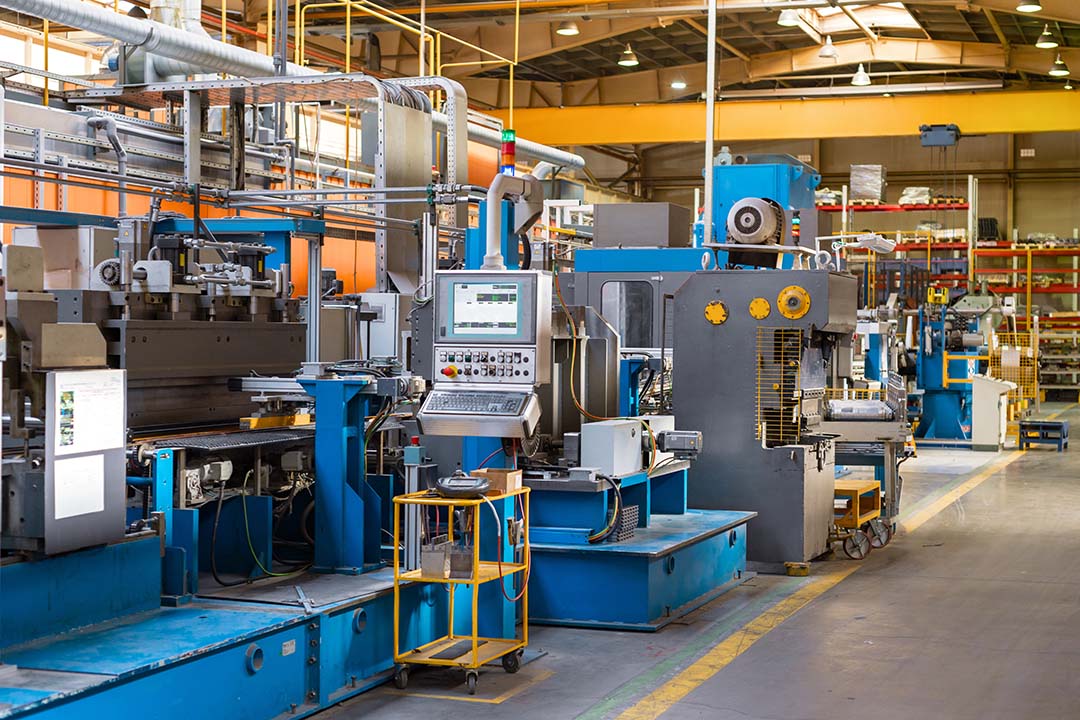
Personnel who work with or around machines need to take care to keep their body parts and clothes away from the machine’s point of operation and any pinch points. A machine’s point of operation is where work is performed, such as cutting, shaping, boring or forming. Pinch points are any areas where machine parts move against one another. Coming into contact with moving parts can cause serious injuries such as deep cuts, crushing injuries or even amputation.
Points of operation, pinch points and other moving parts are generally protected by machine guards. Workers should never tamper with or remove machine guards. Your facility can implement policies to help protect workers, such as:
- Requiring workers to stay clear of moving parts
- Wearing appropriate protective equipment around pinch points or open machines
- Securing long hair and clothing
- Removing jewelry that could get caught in machines
Looking for more online safety training content?
VIEW THE 800+ COURSES AVAILABLE!
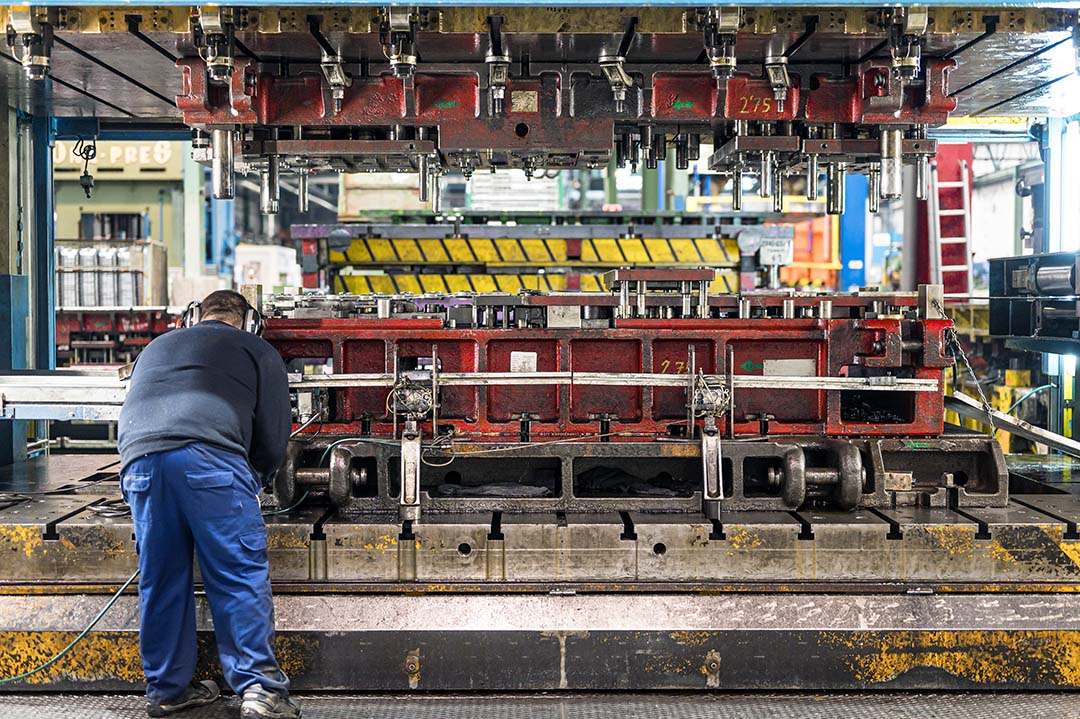
Hazardous Energy
Many machines, tools and equipment rely on stored energy to function. However, stored energy can be hazardous to workers. For example, when a worker uses a hydraulic press to flatten metal into sheets, part of the process involves removing each flattened sheet and inserting a new piece of metal stock. If the raised press isn’t locked in place before removing the flattened sheet, the press can fall onto the worker’s hands. Likewise, any spring-loaded door or gate can smash fingers, hands, legs or any other body parts that are in the wrong place at the wrong time.
Machines can still contain stored energy even after they’ve been turned off. For example, a moving part might be in mid-motion when a machine is turned off for maintenance. If that part isn’t blocked so it can’t move or if gravitational energy is still present, it could swing down and hit someone. If a machine needs maintenance, it should be turned off and de-energized, then locked and tagged until maintenance is complete so it can’t harm workers. Only the authorized person who put the lock and tag on the machine should remove them.
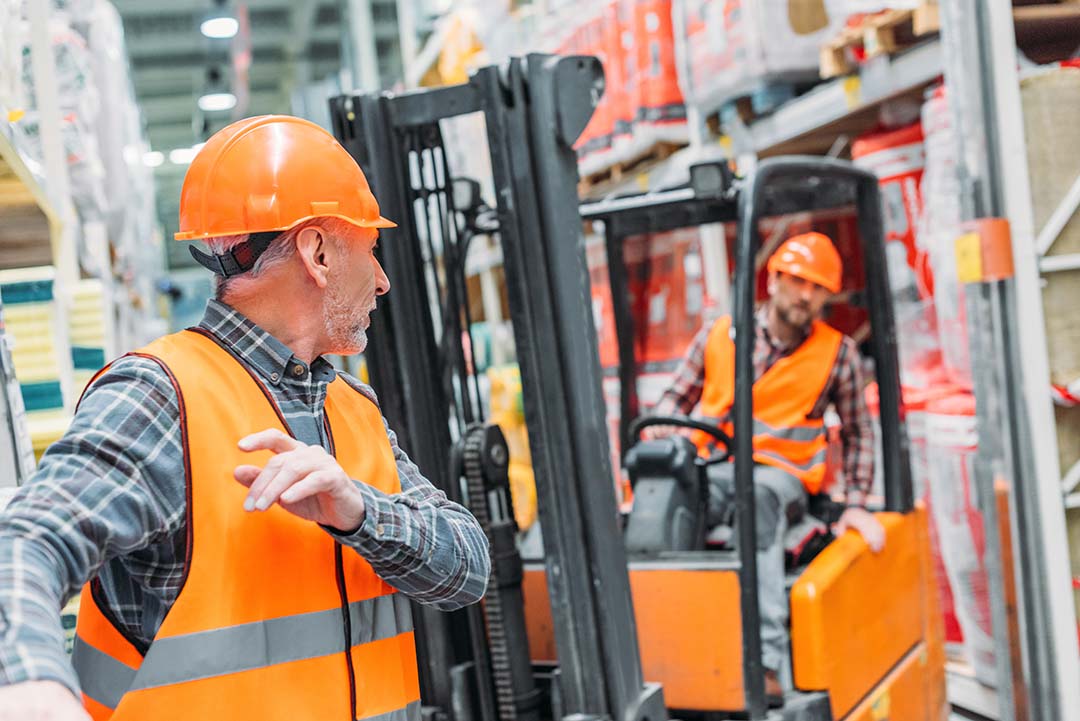
Forklifts and Powered Industrial Trucks
Powered industrial trucks such as forklifts, motorized pallet jacks and tractors are common in manufacturing facilities. However, working around forklift operations can put pedestrians at risk of being struck or crushed by forklifts or their loads, or being hit by objects falling from the forklift.
If your facility has the space, you should create separate paths for pedestrians and forklifts. Forklifts are supposed to yield to pedestrians, but forklift operators may not be able to see pedestrians or stop quickly.
Pedestrians should always yield to forklifts until they have made eye contact with the operator and have been given the signal to go. Pedestrians should always wear highly visible personal protective equipment (PPE) such as hard hats and reflective vests in facilities where forklifts are present.
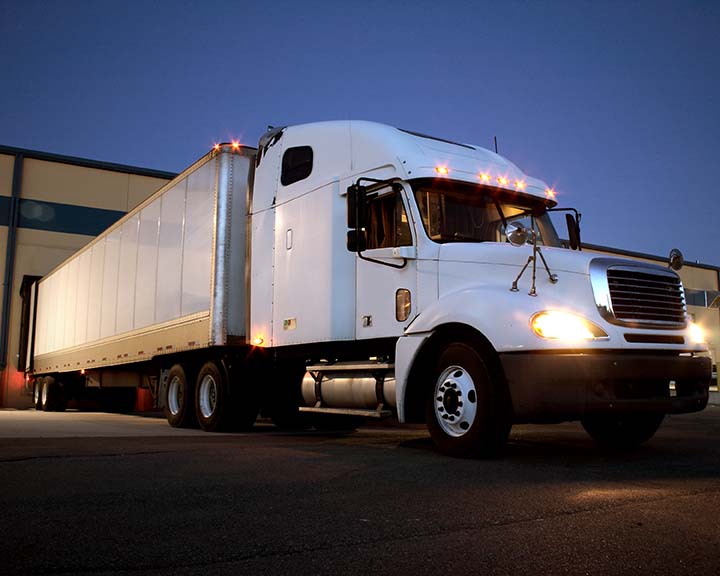
Vehicles
Vehicles are present at many manufacturing facilities, particularly at loading docks. Loading dock doors should remain closed unless a freight truck or other vehicle is backed up to the dock. All personnel should stay clear of loading docks except when loading or unloading freight.
Large facilities may also have trams or trucks to move personnel and materials around the facility. Workers near vehicle paths should wear visible PPE and stay out of those paths. All vehicle operators must make sure workers are out of the way before moving the vehicle or any load it’s carrying.
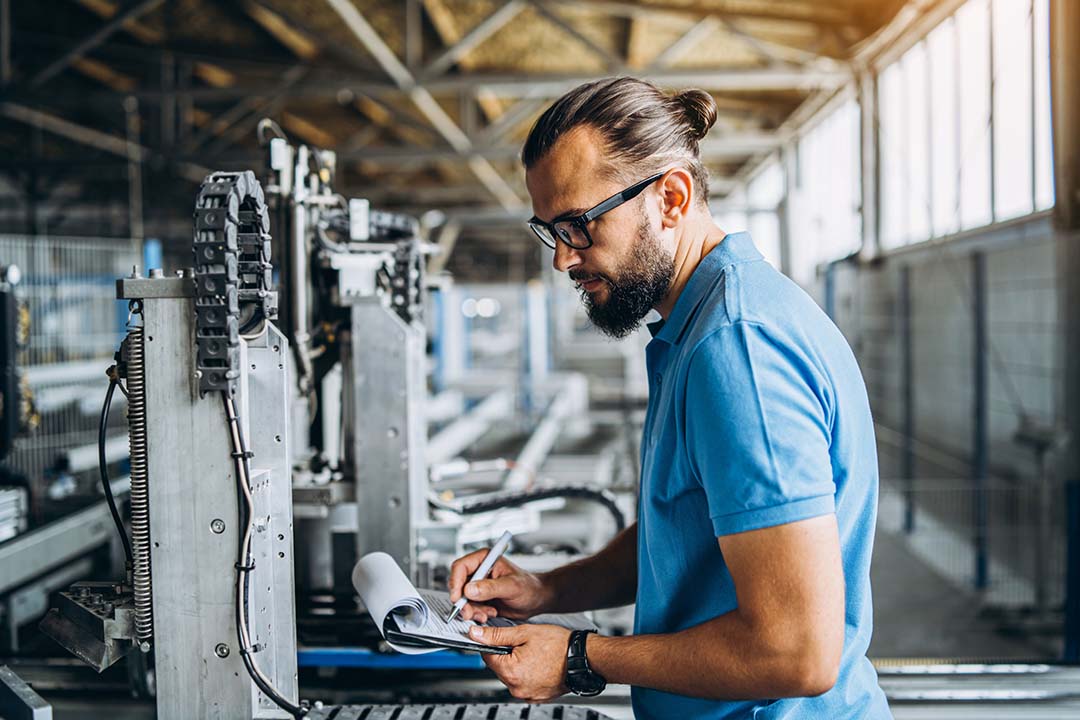
Inspections
All vehicles, tools and equipment should be inspected regularly, usually at the beginning of each shift. Some types of equipment or operations may require additional or more frequent inspections. Personnel must be trained to perform these inspections according to manufacturer guidelines and all regulations applying to that piece of equipment. Any damaged vehicles, tools or equipment must be taken out of service until they can be repaired or replaced.
Falling Objects
Many manufacturing facilities have multiple floors where different types of work are performed. Work on upper levels can put workers on lower levels at risk if tools fall off a platform or out of a worker’s hands, or if materials come loose and fall from lifted loads.
Tools and loose materials at heights need to be secured. Workers can use lanyards to hook tools less than 11 pounds to their person. Anything heavier should be fastened to the work surface or another solid structure. Any personnel working below an area that tools or equipment can fall from should wear an approved hard hat.
Conclusion
Working in a manufacturing facility can be challenging, and workers and employers need to work together to address struck-by or caught-between hazards in their facilities. However, taking the right precautions and understanding their work area can help workers stay safe while completing their job duties.


